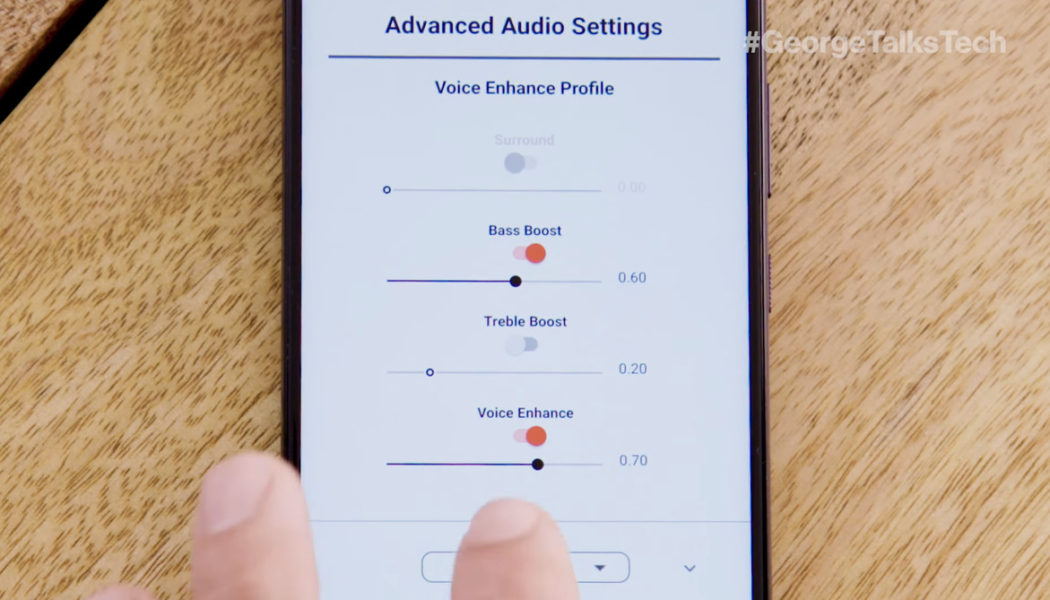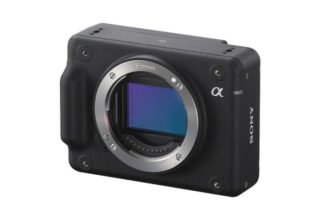You know spatial audio is having quite a moment when wireless carriers decide to create their own implementations of it. Verizon has announced a new sound feature it’s calling “Verizon Adaptive Sound,” and the company claims it “produces a brilliant spatial surround experience regardless of what headphone, soundbar, or earbud brand you use or what application you’re watching or listening to.”
The audio trick, which Verizon says has been in the works since 2019, is coming to Motorola phones first, including the new Motorola One 5G UW Ace that goes on sale July 8th. The Motorola Edge Plus also just received a firmware update that seems to add this feature, as noted by Droid Life.
Verizon Adaptive Sound is integrated right into the settings menu on Android devices in the sound section. From there, you can adjust sliders for treble, bass, voice enhancement, and spatial surround sound. For those who’d prefer to ignore VAS completely and hear everything as normal, it can toggled on or off in settings.
:no_upscale()/cdn.vox-cdn.com/uploads/chorus_asset/file/22703786/Screen_Shot_2021_07_07_at_12.57.02_PM.png)
“While some technology solutions have attempted to provide premium sound experiences to some specific (usually expensive) devices and to a limited subset of content, most devices and content experiences have been relegated to a disjointed, sub-optimal, and lowest-common-denominator-like experience,” a Verizon spokesperson said by email, in an obvious reference to Apple, Sony, and Amazon. “We wanted to change that.” Some devices that offer 360-degree audio do indeed come at a premium.
Verizon Adaptive Sound is based around “an innovative software and cloud-based solution,” a spokesperson said. That’s on the vague side, so I’ve asked the carrier for more specifics on exactly how it works and what it does. Is this just some kind of gimmicky, fake virtual surround effect? Or does it mix down Dolby Atmos channels (when available) to make the sound profile, similar to Apple’s spatial audio?
Apple spatial audio works with AirPods earbuds and the AirPods Max headphones to create immersive surround sound — with head tracking — when watching TV shows and movies in supported apps. The company has more recently added spatial audio to its Apple Music service, though the results are very inconsistent.
Verizon’s big talking point seems to be universal support across hardware and streaming services. But until we can give Verizon Adaptive Sound a try ourselves on one of these Moto devices, we can’t say how it compares to existing approaches.
The feature “will be made available on a broader portfolio of new devices in the future, as well as some existing devices via an over-the-air software update,” according to Verizon. My initial hunch was that we’ll mostly see this on entry-level and midrange 5G phones, but the carrier told me it won’t be specific to budget devices. Does that mean Verizon will force this into the sound settings of something like Samsung’s Galaxy S21? For now, Motorola is the only partner being named.










